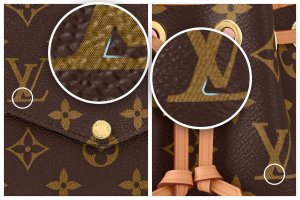They use quite a few versions of the PVC coating with different thickness and pliability for each. But the prints can also differ vastly, no matter which design. When I first saw this, I though that they are just lazy and should put more effort into being consistent. Because the uniformity of the print is also an aspect of the quality of the product.
But after having worked with printing houses and color management specialists, I realised that delivering the exact same color is very difficult, especially that there is a high chance that they print the canvases in more places, and synchronising them is not easy. Also controlling the ink coverage is more of a fine art. So many things to keep in balance. But this is just part of it, I guess.
I have a THEORY!

I believe that Louis Vuitton intentionally keeps these — sometimes quite big — variations. And they have a sample from every batch from all ateliers. So when a product returns for repair for example, they check the date code (or now the chip), and they know exactly what characteristics should that canvas have. This is why I cannot take online authenticators seriously, since they'll never have all the resources to decide for sure. They can have a good guess — just like most of us here, who are enthusiasts —, but that won't ever be official, nor always right.
This theory of intentional variations is also backed by the fact that even the Monogram pattern is not just a singular design. They have more versions. See below a Félicie and a Noé. The corner of the L is rounded on one and sharp on the other. The ink coverage also differs a lot, each ink dot is distinctive on the Félicie, while they blend together on the Noé. I really believe that this is all part of the plan. And this recipe goes for the Damier prints as well.
View attachment 5742659
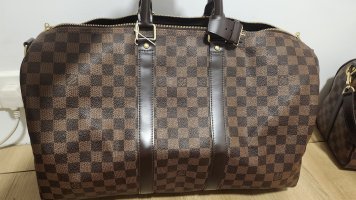
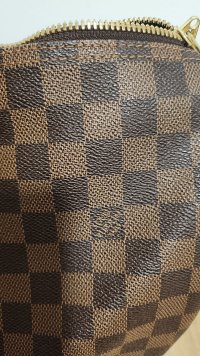
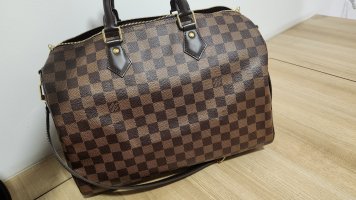
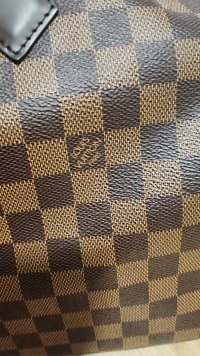





 I believe that Louis Vuitton intentionally keeps these — sometimes quite big — variations. And they have a sample from every batch from all ateliers. So when a product returns for repair for example, they check the date code (or now the chip), and they know exactly what characteristics should that canvas have. This is why I cannot take online authenticators seriously, since they'll never have all the resources to decide for sure. They can have a good guess — just like most of us here, who are enthusiasts —, but that won't ever be official, nor always right.
I believe that Louis Vuitton intentionally keeps these — sometimes quite big — variations. And they have a sample from every batch from all ateliers. So when a product returns for repair for example, they check the date code (or now the chip), and they know exactly what characteristics should that canvas have. This is why I cannot take online authenticators seriously, since they'll never have all the resources to decide for sure. They can have a good guess — just like most of us here, who are enthusiasts —, but that won't ever be official, nor always right.